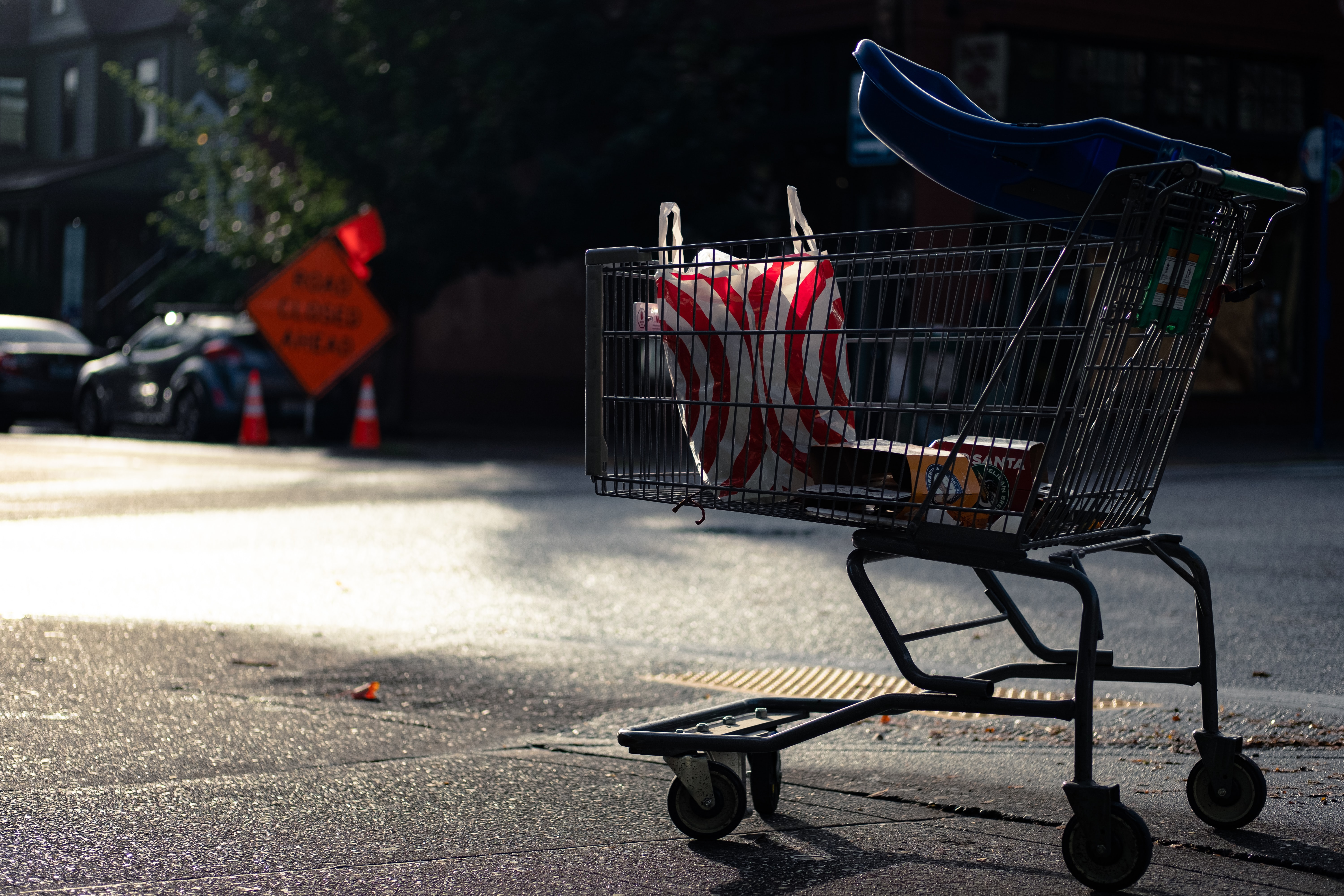The Impact of COVID-19 on Black Friday
Communicate speaks with Lovrenc Kessler, Partner and Managing Director at Simon-Kucher & Partners to learn more about the findings from their latest report on spending forecast during this year's Black Friday.

Communicate speaks with Lovrenc Kessler, Partner and Managing Director at Simon-Kucher & Partners to learn more about the findings from their latest report on spending forecast during this year's Black Friday.


December 23, 2025
Dubai — MCN MENAT, part of the Omnicom network, along with its family of agencies across the Middle East, North Africa and Türkiye (MENAT),…

December 22, 2025
The award cited AlShehhi’s career-long role in advancing government communications and digital media through innovative approaches. Khaled AlShehhi, executive director of marketing and communications…

December 14, 2025
CRUSH AGENCY, one of the most influential names in luxury experiential production, has announced the launch of ICONS. by CRUSH, a new international talent…

December 7, 2025
When most countries host a tech forum, they hope for a bit of buzz. Qatar decided to build an economy around one. Rather than…